South Sudan
South Sudan is facing record-breaking rains and floods for a fourth consecutive year. As the climate crisis accelerates, South Sudanese fear worse is yet to come.
A large part of the population is at risk of starvation due to destroyed crops from flooding in October.
"More than 1 million people in South Sudan have been affected by extreme flooding", the World Food Programme deputy country director - in South Sudan warns.
"The surface area of land permanently submerged underwater has tripled and an already dire food security situation exacerbated, leaving 2.9 million people at risk of starvation".
The proportion of people facing severe food emergencies ranging from gaps reflected by high or above-usual acute malnutrition to starvation (IPC Phase 3 [crisis] or above) is at the highest level ever, according to a report published by Food and Agriculture Organization, the United Nations children's fund UNICEF, and the WFP.
The Integrated Phase Classification (IPC) is a scale describing the severity of food emergencies.
Based on common consensus (governments and other humanitarian actors) it comprises in five echelons:
Phase 1: "Households are able to meet essential food and non-food needs without engaging in atypical and unsustainable strategies to access food and income".
Phase 2: "Households have minimally adequate food consumption but are unable to afford some essential non-food expenditures without engaging in stress-coping strategies."
Phase 3: Households either:
- Have food consumption gaps that are reflected by high or above-usual acute malnutrition or;
- Are marginally able to meet minimum food needs but only by depleting essential livelihood assets or through crisis-coping strategies.
Phase 4: Households either:
- Have large food consumption gaps which are reflected in very high acute malnutrition and excess mortality or;
- Are able to mitigate large food consumption gaps but only by employing emergency livelihood strategies and asset liquidation.
Phase 5: Households have an extreme lack of food and/or other basic needs even after full employment of coping strategies. Starvation, death, destitution, and extremely critical acute malnutrition levels are evident. (For Famine Classification, the area needs to have extremely critical levels of acute malnutrition and mortality.)
Supporting vulnerable communities
"All our food is ruined! You can see my sorghum crops. The floods bring hunger because they take all our food. If we have no food how can we survive?", Nyadeng Majok, a sorghum farmer laments.
If the funding some organizations received has enabled to support communities and help them build food resilience, the current funding is not enough to support all vulnerable communities through the climate crisis.
This issue should be discussed during the ongoing UN climate summit (COP 27).
"Wherever we have been able to implement projects, where we are building community resilience, we are seeing results, we are seeing people being able to take care of their food security even at a time of crisis. However, like I said, the funding is not enough. We need to do a lot more to ensure that 65% of the (South Sudanese) population that is now hungry have the resources to feed themselves."
According to the World Food Program, about two-thirds of the population including 1.4 million children, will face severe food insecurity during the next lean season.




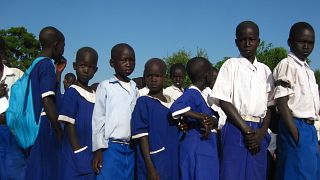
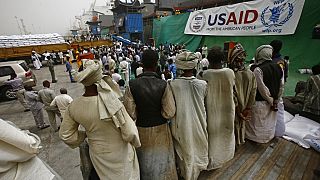

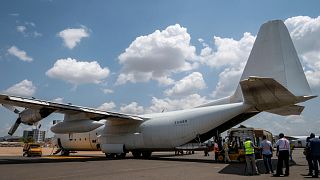

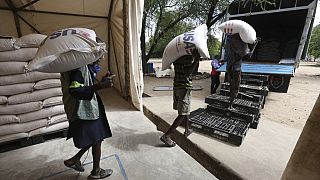
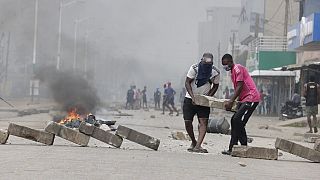

02:30
Morocco’s oases struggle to survive amid growing desertification
Go to video
In Kenya, 90% of packaged food needs health warning label under new rules
01:10
Young South Sudanese player selected for NBA basketball team
01:36
CO2 emissions on track to push Earth beyond 1.5 degree threshold by 2028, report finds.
01:41
UN warns of looming famine in Sudan, Gaza and 3 other global hunger hotspots
Go to video
South Sudan: UN warns of imminent famine